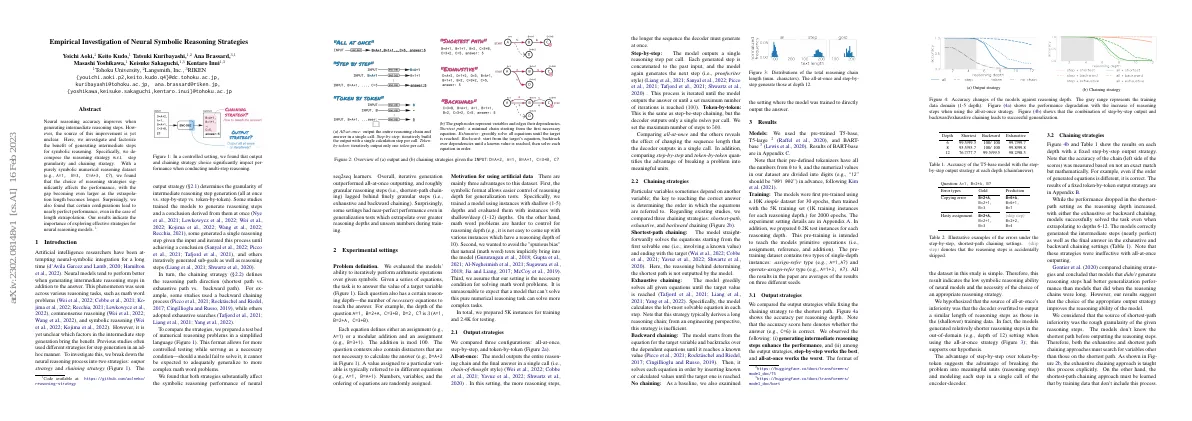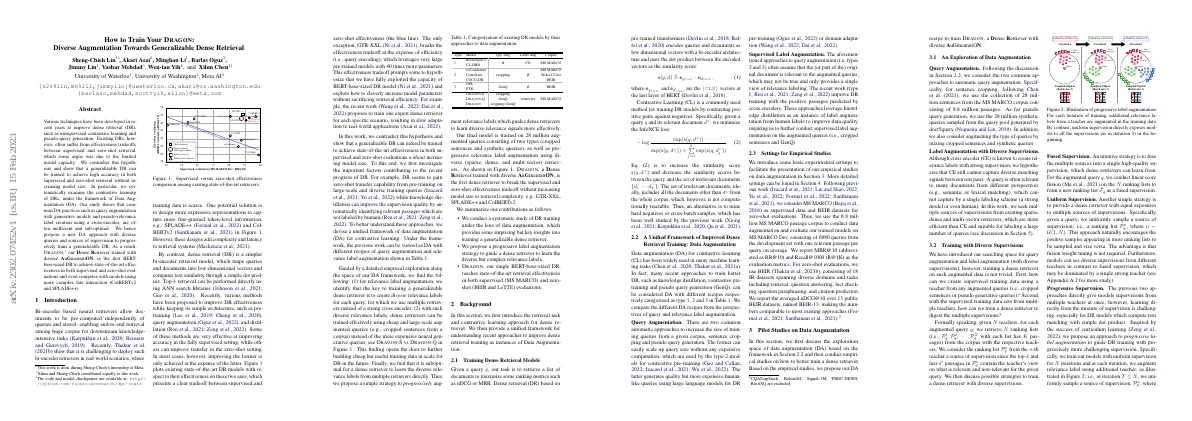
Empirical Investigation of Neural Symbolic Reasoning Strategies
Link to paper The full paper is available here. You can also find the paper on PapersWithCode here. Abstract Neural reasoning accuracy improves when generating intermediate steps Source of improvement is unclear Investigated benefit of generating intermediate steps for symbolic reasoning Decomposed reasoning strategy in terms of step granularity and chaining strategy Found that choice of reasoning strategies affects performance Certain configurations lead to nearly perfect performance Results indicate importance of exploring effective strategies for neural reasoning models Paper Content Introduction Artificial intelligence researchers have been attempting neural-symbolic integration for a long time....








